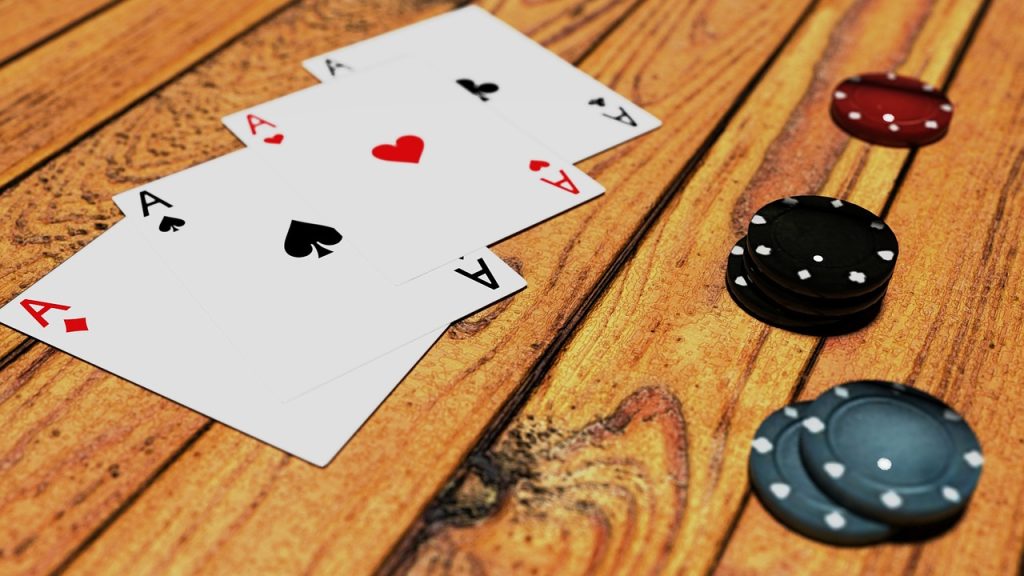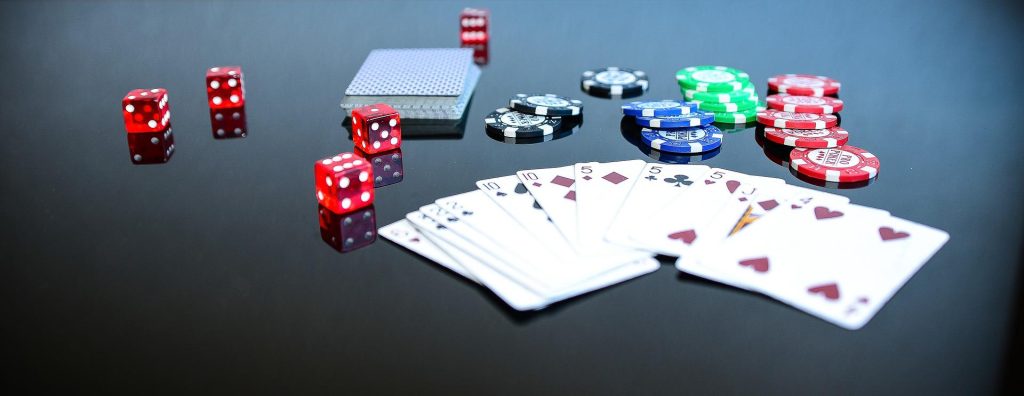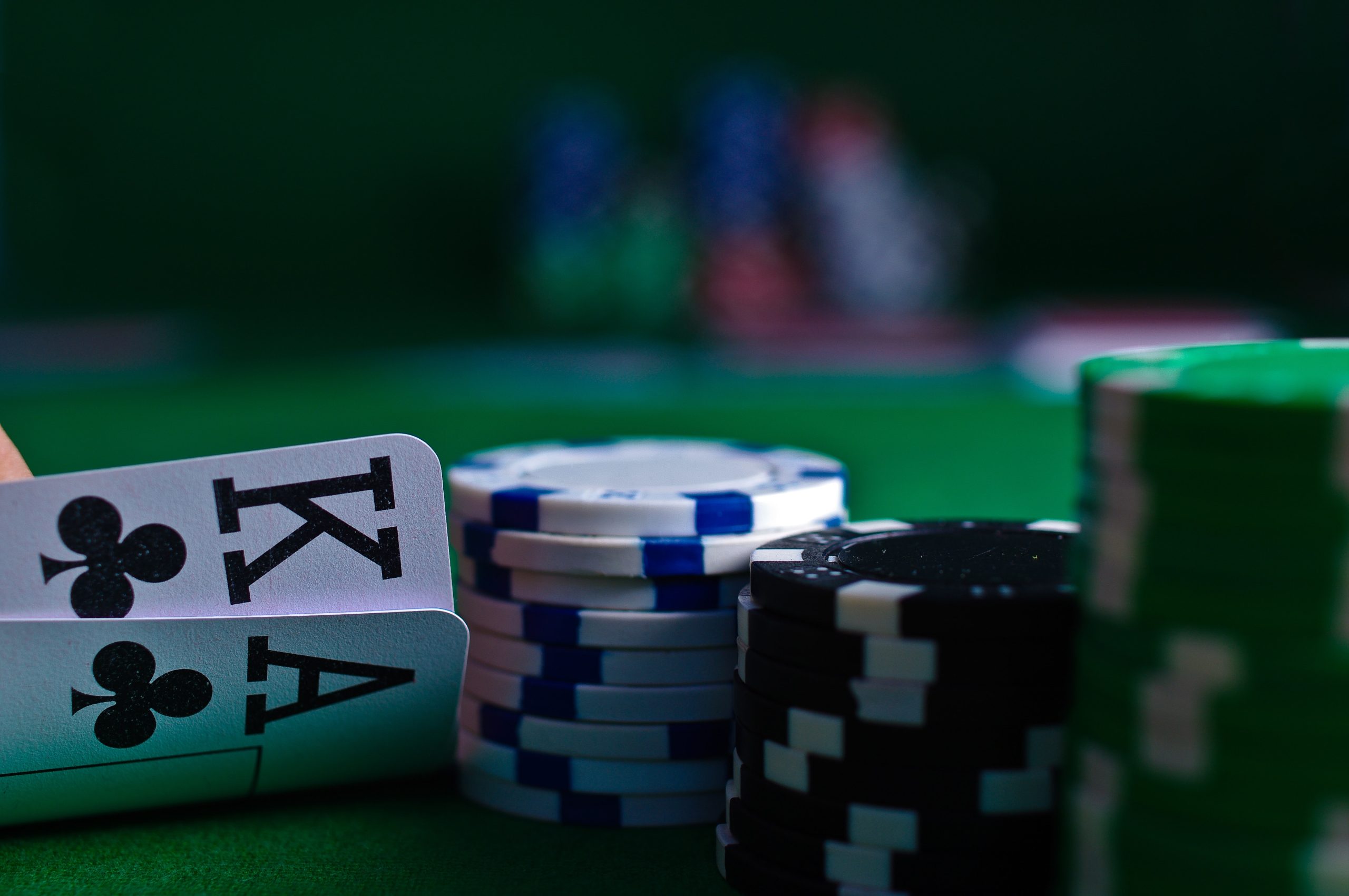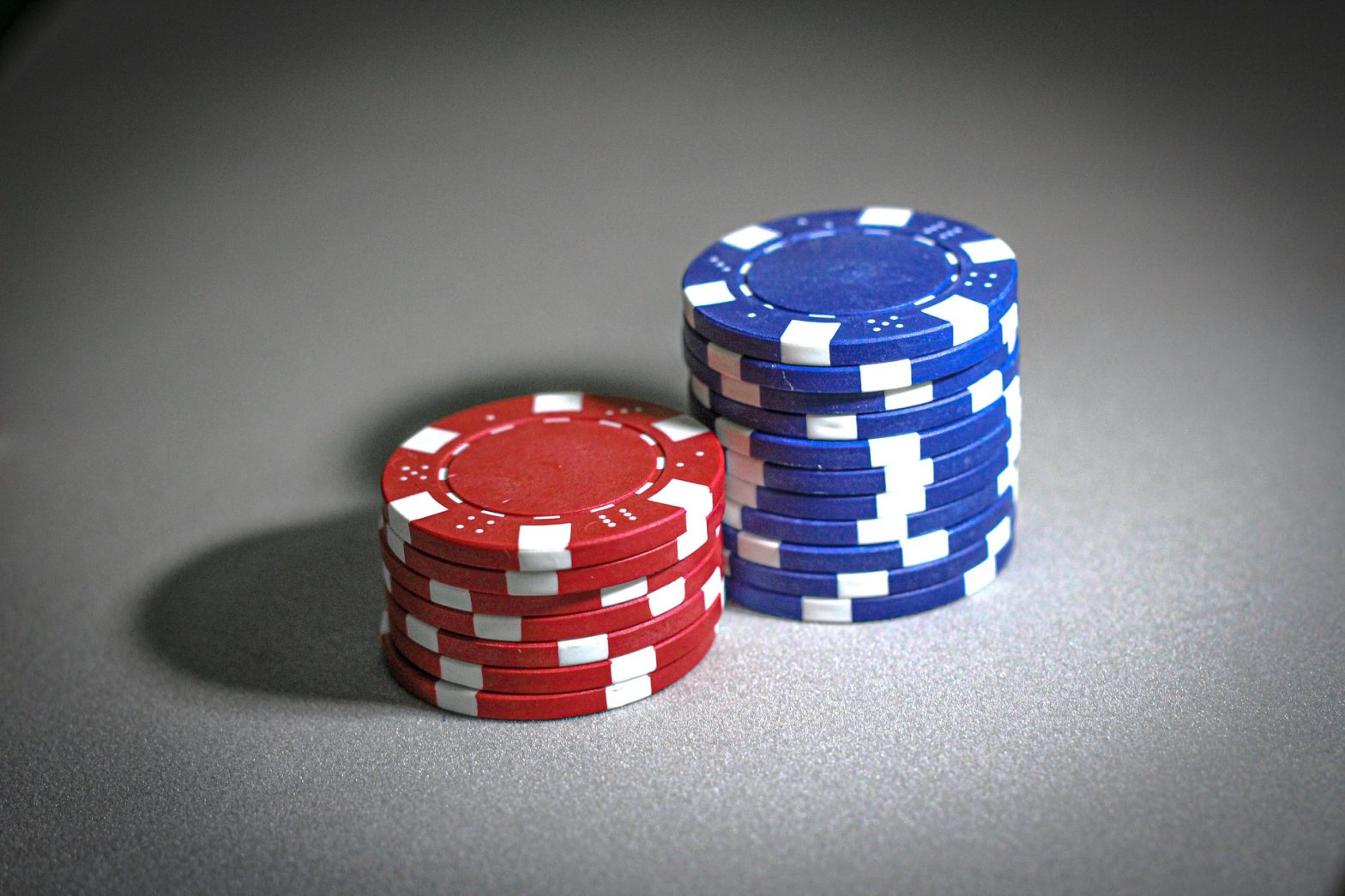Tight-aggressive is a good strategy to win at poker. But what exactly does it mean? In this article, we will give you a few examples of aggressive moves that can be used in cash games as well as tournaments. Whether these moves will be profitable or not depends very much on the impression the other players have of you (table image).
If you have been playing like a madman, these will not work at all! Also, we strongly recommend using these actions on weak tables and against weak opponents. That is, be careful and don’t use these tips against strong players – they might be able to see through you!
Reaction to Donk Bets

A donk bet is when you raise preflop and then a player bets into you. Usually in a situation like this, the opponent will check into the raiser. At this point, we need to think about why this player is making this donk bet. If he had a strong hand, wouldn’t he just check and let us bet? Donk bets by the opponent usually mean a weak hand or a draw. The donk bettor is either looking for information, or trying to set a price to see the next card.
The correct solution here would not be a simple call, but a raise. Chances are good that the donk bettor will fold immediately, or fold to a second bet on the turn. In this scenario, your own hand is of less importance. This move works both as a total bluff, as well as with a draw (often allowing you to take a free look at the river card when you check the turn), and also with strong hands.
Bet when your opponent stops with bets
Most players know that if they raised preflop, a continuation bet after the flop is a standard action, even if the flop is not good for them. But only strong players will fire a second or even third bullet if they didn’t hit. This means that weaker players will often bet after the flop, but check on the turn. You can take advantage of this by calling the bet on the flop (the technical term is “floating” – calling a bet with the intention of getting your opponent to fold on the next turn). If your opponent checks after that, it’s time to bet. We recommend a bet about half the size of the pot, so that it looks like a value bet. This step works especially well when there are threatening cards on the table, such as an ace or a king.
Representing the Flush

It’s actually pretty hard to get a flush. But unlike “hidden” streets, every player sees a potential flush on the board. If the flop contains two cards of the same suit, and a player calls, the bettor will usually consider the possibility that the caller has a flush draw. If the turn or river then brings the third flush card, a bet of the right size is often enough to make the opponent fold. Again, it depends on the size of the bet to make it look like a value bet. Remember that every bluff must tell a convincing story from beginning to end!
Don’t use this strategy with 4 flush cards on the board – most of the time, any player with a card of that suit will call your bluff!



